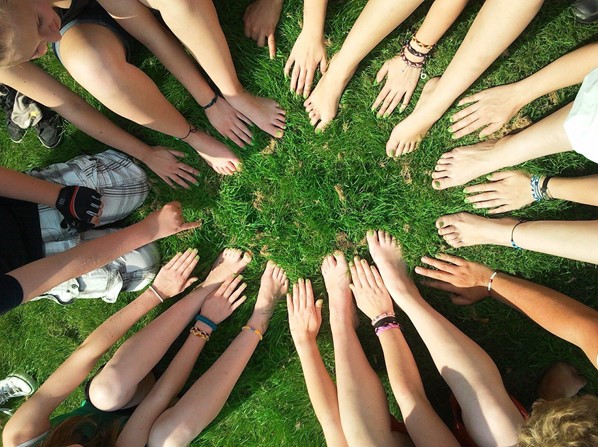Where does it come from
Relaxation techniques, along with mindfulness and meditation, originated in India about five thousand years ago within the Hindu religion. A distinction must be made between breathing techniques, mindfulness and relaxation techniques as they are sometimes mixed up. We begin with the difference between mindfulness and relaxation techniques, which, although they can sometimes be used interchangeably, have opposite aims. Relaxation techniques seek to reduce, or even eliminate, symptoms of anxiety, both physical and mental, but mindfulness does not seek to eliminate them but to be aware of the fact that they are there. Mindfulness is a non-evaluative process of focusing attention on the present moment, reason why it is a technique that can also be of great interest to be applied in the classroom to make students more aware of the reality that surrounds them and the decisions they make, but this is not the aim of relaxation techniques. Breathing techniques are techniques that are integrated into both relaxation and mindfulness as they prepare the individual to isolate him or her from distractions and focus on the present moment.
In Western countries, the importance of having correct breathing habits is relatively recent. In the early 20th century, society began to take an interest in the benefits of relaxation and hence the interest in breathing techniques as a formal method of achieving relaxation. Relaxation methods can be formal, such as: breathing exercises, yoga stretches, autogenic training, visualisation, muscle relaxation; or informal: reading, listening to music, walking, petting animals, etc….


